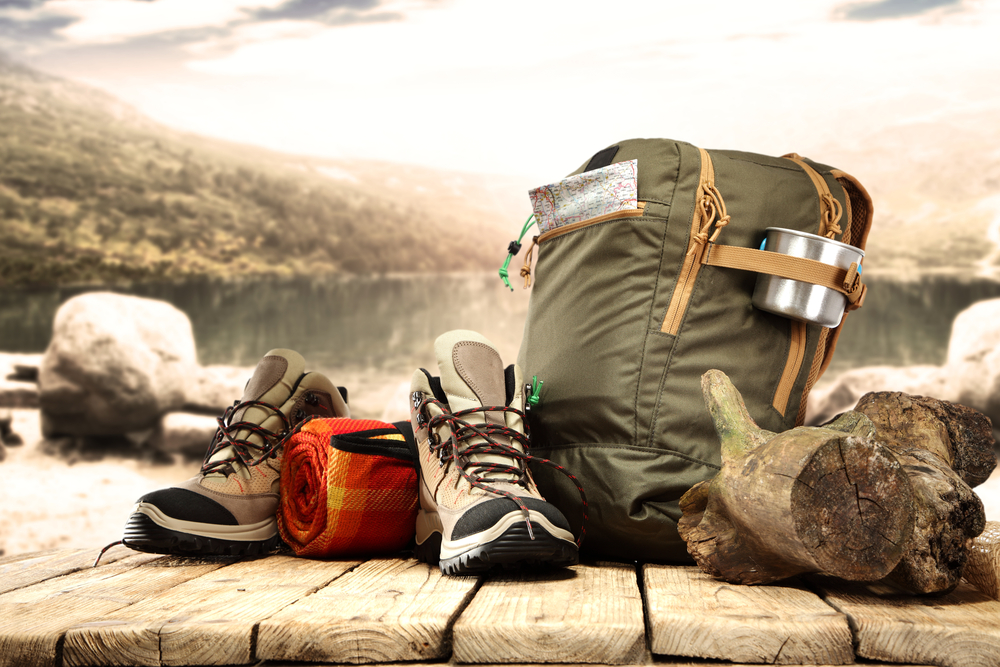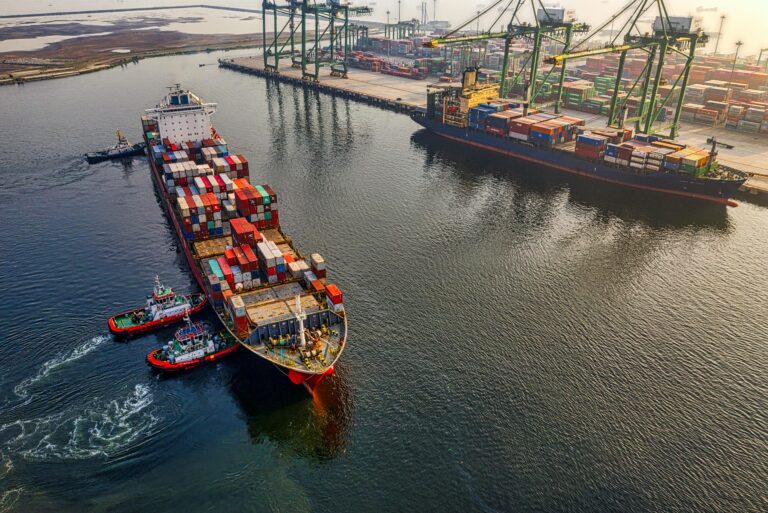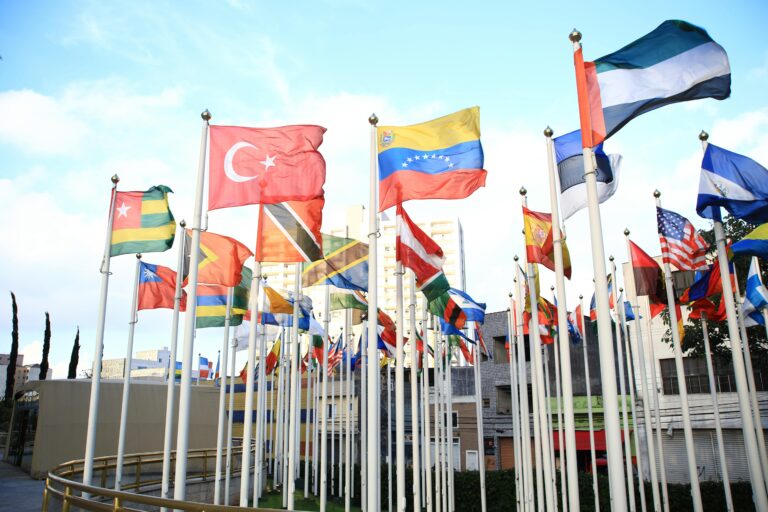The COVID-19 pandemic might have forced the world indoors, but it did not keep them there for long. Between Zoom calls and Netflix binging, many people looked out their windows at an outdoor world just waiting to be explored. When faced with the same four walls every day, the neighborhood park or local trail suddenly looked enticing. As a result, people flocked to the great outdoors like never before and outdoor brands with DTC channels saw revenues skyrocket.
Outdoor activity increased by 6.9% in 2020. Millions who previously did not participate in outdoor recreation experiences were discovering (or rediscovering) these interests. The four most popular outdoor activities were hiking, biking, fishing and camping. For the less adventurous, golf and tennis saw spikes in participation. Walking also saw newfound popularity amongst people of all ages and ability levels.
Outdoor enthusiasm continued to grow into 2021, when 164.2 million people participated in some form of outdoor activity. That’s a jump of 7.1 million people when compared to pre-COVID statistics. 54% of Americans ages six and up enjoyed at least one outdoor activity in 2021. Approximately 20% of that group was new to outdoor recreation. In fact, 2021’s outdoor recreation numbers continued growing even after indoor restrictions were lifted.
Boom Times for Outdoor Brands
Of course, with so many people suddenly hitting the great outdoors, gear and apparel sales soared. Major outdoor brands like The North Face, Patagonia, REI and Marmot were the go-to destination for outdoor enthusiasts looking for gear and apparel. With brick-and-mortar stores shut down, consumers flocked online for outdoor gear.
Naturally, revenue soared, but the outdoor boom also benefited small, startup and cottage brands. Niche companies like Osprey, Beyond Clothing, NEMO Equipment, Cotopaxi and many others were suddenly competing with the big brands. How big did the outdoor business become? In 2021, the outdoor recreation industry contributed $862 billion to the U.S. economy, $173 billion more than 2020. These figures account for $454 billion in U.S. Gross Domestic Product (GDP) and 4.5 million jobs. Amazingly, the outdoor industry now contributes more to the U.S. GDP than agriculture, mining or computer manufacturing.
The Challenge of Sustaining Pandemic-Era Growth
While brands of all sizes enjoyed the increased growth in revenue, they also knew it could not last forever.
Sure enough, as COVID restrictions started lifting, people started ditching outdoor activities as they returned to their pre-pandemic indoor activities. Recent research from Outdoor Industry Association indicated that about one-quarter of people did not continue their outdoor activities in 2022.
Not surprisingly, outdoor gear and apparel sales plateaued, and 2022 sales were flat compared to 2021. Rising inflation and continuing supply chain disruptions also presented the outdoor industry with new challenges. And, after nearly three years of pandemic-driven sales, product oversaturation became an issue. After all, how many tents or backpacks does one person need?
Growth Strategies for Outdoor Brands

So in 2023, the big question for the outdoor industry is how to sustain online growth as the world returns to normal.
For one, brands will need to pump up proven ecommerce shopping strategies. Personalisation, localisation, top-notch customer service, fast shipping, live online events and a robust social media presence are surefire ways to meet consumer expectations. Brands must also bolster multi-and omnichannel experiences and unified commerce strategies to reach customers at all possible consumer channels.
Here are three other trends outdoor brands should follow to ensure growth and scalability in a post-COVID marketplace.
Embrace Sustainability
In line with consumer demands, outdoor brands need to spotlight the sustainability of their products and practices. Reports show 87% of outdoor consumers consider sustainability when purchasing a product and are willing to pay more for it. In fact, 57% of outdoor consumers will pay premium prices for sustainable gear and apparel.
However, for today’s outdoor consumers, eco-friendly goes beyond the products companies produce and sell. Consumers are looking for brands that emphasize true, across-the-board transparency in the sustainability of their entire supply chain. Outdoor enthusiasts will continue to shop with brands they can trust to deliver on sustainable practises, even as the market plateaus.
Expand Internationally
While established outdoor brands already have strong footholds in the international marketplace, smaller brands might not have the same luxury. International expansion, especially into the still-booming European outdoor market, can help small brands scale and compete on a global level.
In today’s super-competitive marketplace, jumping into cross-border and multi-local commerce makes good business sense. Worldwide ecommerce accounted for $5.7 trillion in 2022 and is projected to grow to $6.54 trillion in 2023. So, for small outdoor brands looking to scale, expansion is not just a good idea; it’s a necessity.
However, global ecommerce expansion is easier said than done. It takes time and a serious amount of research and careful planning. Here are ten best practices brands must consider when planning for international ecommerce.
- Understand and identify target markets
- Know the competition
- Design strategically localised websites
- Use acceptable global payment and digital remittance methods
- Provide efficient international shipping and delivery solutions
- Use localised warehouse management
- Understand taxation, duty and customs restrictions
- Offer 24/7 around-the-clock customer service
- Partner with local influencers
- Learn to handle international returns
Launch Recommerce DTC Channels
One of the best ways brands can embrace sustainability is to embrace second-hand or recommerce strategies. Thanks to shifting demand and increased consumer concerns about sustainability, 2022 was a banner year for the growing second-hand industry. In fact, the resale trend is expected to get hotter as consumers seek cheaper alternatives to pricey outdoor gear. Experts forecast the pre-owned outdoor gear market will reach $75 billion by 2025.
Many major outdoor brands have already jumped on the resale and buyback trend in response to consumer demands. Selling used gear keeps products out of landfills while capturing business from customers seeking second-hand goods at a discount. In the competitive outdoor marketplace, attracting eco-minded and budget-conscious consumers is a great way to improve customer conversion and retention.
The Current State of the Outdoor Industry
The good news is that outdoor industry sales are still above pre-pandemic levels despite a leveling off of participation. While many people have abandoned their outdoor activities as the pandemic subsides, just as many have kept with it. Findings show that 89% of outdoor enthusiasts plan on continuing their outdoor participation in 2023.
Today, an unstable economy and supply chain disruptions pose the greatest threat to the well-being of the outdoor industry. Economic experts predict inflation will have consumers second-guessing spending on pricy outdoor gear and apparel. Ongoing supply chain issues will likely make those goods even more expensive.
So, while the outdoor market will continue to grow, it will likely be at a slower clip. But despite challenges from the lingering pandemic and an uncertain economy, the outdoor industry still finds itself in a very good place.
ESW is a world leader in helping brands of all sizes with their cross-border ecommerce strategies. Our innovative solutions are making end-to-end global shopping better, safer, simpler and faster for some of the world’s best-known brands. Contact ESW today to learn more.





